Jaguar’s D-Type at 70
The Jaguar D-type is a car that has transcended the worlds of classic car fans and motorsport enthusiasts to become that rarest of things – a car that anyone recognises. They might not know the D-type’s racing glories or its engineering brilliance, but they know it’s the result of Sir William Lyon’s company and the close-knit group of skilled people who created this multiple Le Mans-winning sports car. With such instant recognition and timeless lines, it’s hard to believe the D-type reaches its 70th birthday in 2024.
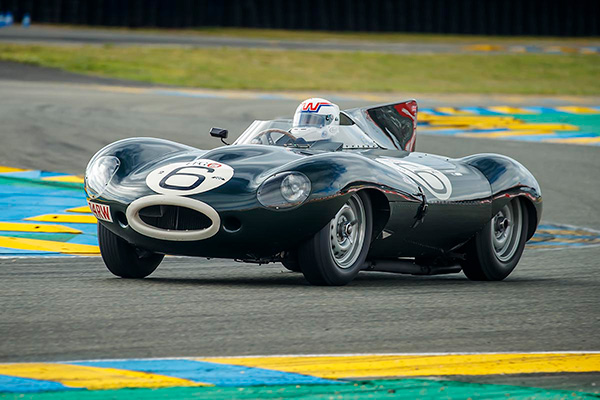
Following on from Jaguar’s early success at Le Mans with the C-type, the company knew it needed something more aerodynamic and able to compete against the likes of Ferrari and Maserati. While the C-type was a much modified version of the XK120, the D-type was a far more dedicated competition car for 1954. To achieve the strength and light weight needed to make the most of the regulations and available power unit, Jaguar switched to a monocoque frame for its new car, along with a body shape styled by Malcolm Sayer using aeronautical ideas to make it as slippery as possible to deal with the Mulsanne Straight’s sustained high speeds.
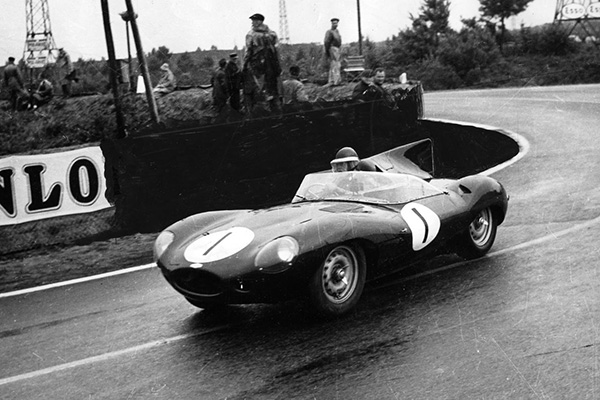
The monocoque base used a lot of aluminium to reduce weight, while an aircraft-style bag carried the fuel behind the driver. A low front end was achieved by canting the engine over slightly, improving aerodynamics. There was also a smoothed out underbody to give better airflow, while a rear fin on some cars helped with high-speed stability. In 1955, Jaguar lengthened the nose of the D-type and that now famous fin was better integrated into the shape of the driver’s headrest.
Nominally a two-seat sports car to keep the car within the regulations, the D-type’s body had a central rib between the driver and passenger compartments to help with the rigidity of the body. Should a passenger need to be carried, there was enough space, but it was even more functional than the driver’s office environment.
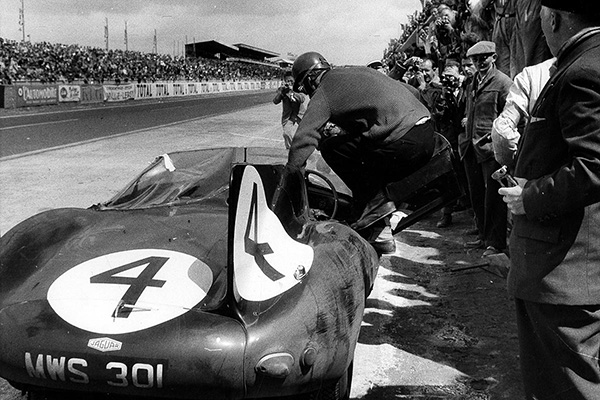
Under that slinky bonnet, the Jaguar XK engine was used in similar specification to the C-type to start with, which meant a 3.4-litre engine but with power upped to around 250bhp. Later on, a 3.8-litre version of the same engine took over and power went up to as much as 300bhp, which could power the D-type to a top speed of 175mph flat-out along the long Mulsanne Straight, which did not have the chicanes during the D-type’s period, as they were added in later years.
All of this bode well for the D-type’s debut at Le Mans in 1954, but success was not on the cards in its inaugural year. In the event, fuel starvation hampered the cars and Ferrari took the win. For Jaguar, it was lesson learned and they came back stronger in 1955 despite fierce competition from Mercedes. This was the year of the terrible crash involving Mercedes and its driver Pierre Levegh, which saw the German team withdraw from the race. That left it to Jaguar to take the flag, but it was no fluke as Jaguar had been in the lead when the horrific crash had happened.
A year later, Jaguar’s flag was being flown by the Ecurie Ecosse team, based in Edinburgh. It punched well above its weight to see off all-comers as Ninian Sanderson and Ron Flockhart lifted the honours after 24 hours of gruelling competition. Again, the D-type had proved its endurance ability and Ecurie Ecosse went on to pull off the same feat in 1957 with its D-type.

Elsewhere, the Jaguar D-type was making a name for itself in races such as Sebring and Watkins Glen. 1957 proved to be a brilliant year for the D-type when it took the first six places at Le Mans, but rule changes for the French race in 1958 necessitated a switch to a 3.0-litre version of the XK engine. However, the magic was gone and Jaguar’s attention was now on the roadgoing E-type rather than the racing D-type.
This was not to say Jaguar didn’t want to ring every ounce it could from the D-type formula, and William Lyons was always keen on getting value for money. This approach led to the XKSS road car, which was a barely tamed D-type underneath a lightly revised body. It was the intention to make 25 XKSS cars, but only 16 were completed and sold when a fire ripped through the Jaguar factory in 1957, leaving nine cars destroyed. It was these chassis numbers that Jaguar later revived for its Continuation cars. A total of 71 D-types were made in period, plus others later produced under its Continuation programme.
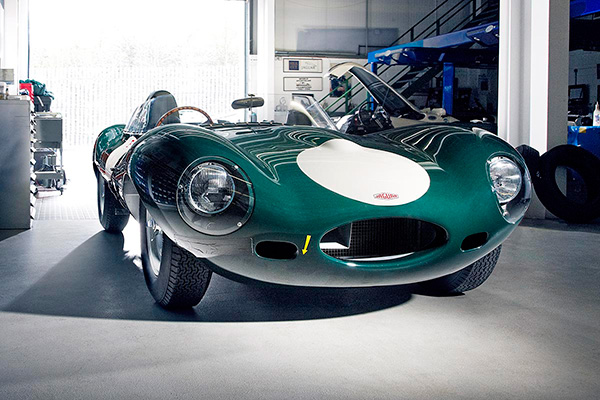
During the 1960s, the D-type slipped down the rankings to become a very able clubmans race car and exciting road car for those lucky enough to own one. As interest in historic motorsport increased in the 1970s, the Jaguar enjoyed a renaissance in fortunes as keen owners started to exercise them at events dedicated to cars of the same period. This led to a much larger classic car motorsport scene in the 1980s that sowed the seeds for what we have today, and the D-type was always a star of any meeting thanks to its Le Mans-winning history.
Today, a D-type is an essential pillar in any blue-chip classic collection alongside the likes of a Bugatti Type 35 or Mercedes 300SL. It also has prices to match and, depending on the provenance of an individual D-type, prices can run well above £10 million for the very best examples. For that, you get a sports racing car that can hold its own on road or track with the quickest machinery of any period, and there are few that can rival the Jag for its mix of looks, style, and engineering prowess that puts among the very best classics in the world. Not bad for a 70-year old.
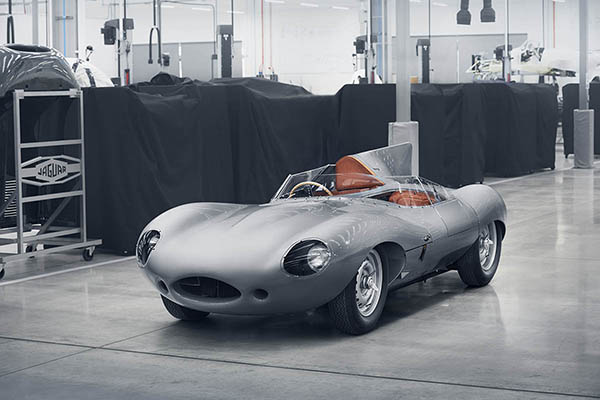
The Chrome Collective is an exclusive club for Private Clients of Footman James which offers access to luxury events, VIP hospitality, and more. Club members in the past have enjoyed unsilenced driving at Thruxton, taken part in tailored driving tours, visited sites such as the Jaguar Land Rover Classic Works, and discussed all things motoring with admired industry insiders. To find out more about our Private Client policies call 0333 162 8086.

COMMENT